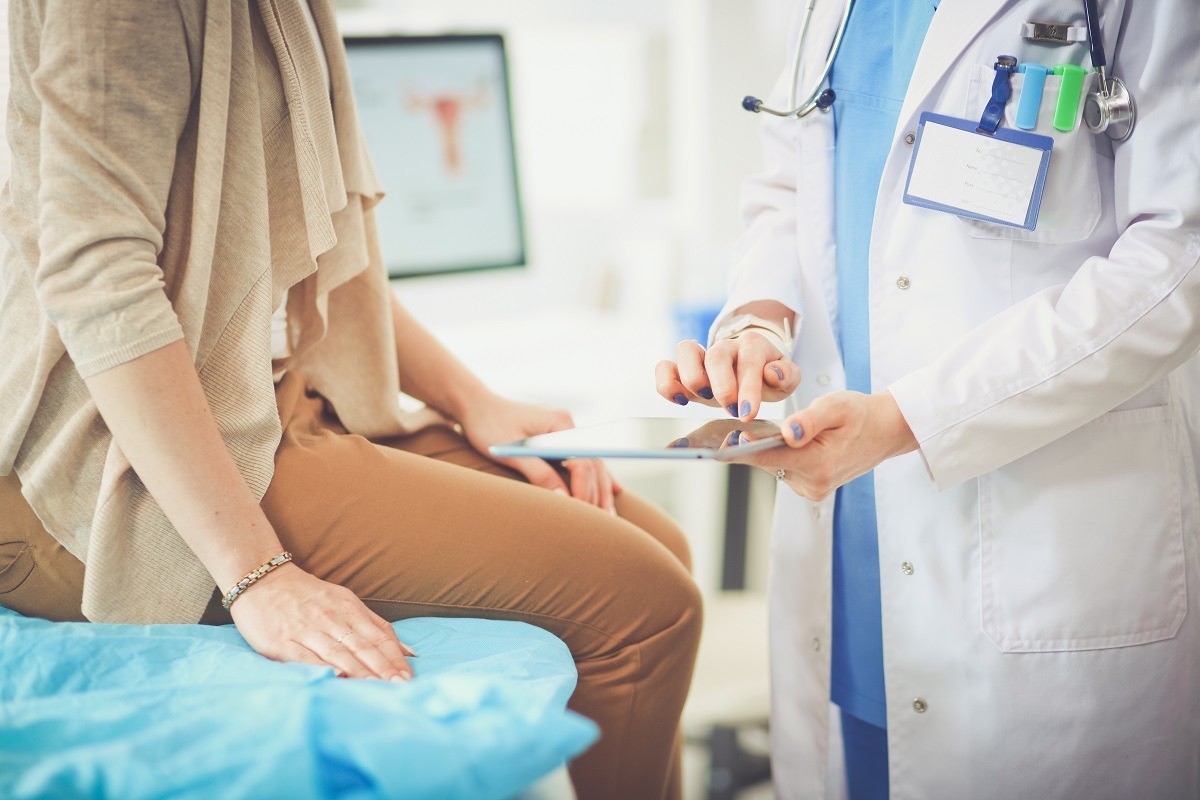
Genodermatosis: causes, symptoms, diagnosis and treatment
Genodermatosis is a skin disorder with a genetic transmission mode. Therefore, this term is used to refer to certain skin diseases that have a hereditary component
A child may be affected and develop the disease if the carrier gene is received from only one of the two parents in the case of a dominant transmission of the disease; if the genetic transmission is recessive, the child will only develop the disease if it receives the carrier gene from both father and mother.
Genodermatosis: what is it?
The term genodermatosis refers to dermatological syndromes and/or diseases that are caused by one or more genetic alterations.
The term genodermatosis derives from the Greek ‘geno’, meaning genes, and ‘dermatosis’, meaning skin diseases.
Over the years, more than 200 have been described and they are almost always rare diseases with an incidence of less than 5:10000.
Genodermatosis: types and classification
Genodermatoses can be characterised by disorders of the epidermis and keratinisation.
Ichthyosis, epidermolysis bullosa, Sybert’s keratodermia and Darier’s disease belong to this group of diseases.
In the group of genodermatoses with palmoplantar keratodermatosis we instead find non-epidermolytic palmoplantar keratodermia, epidermolytic palmoplantar keratodermia and loricrin keratodermia.
Genodermatoses with abnormalities of connective tissue, collagen and elastic tissue include cutis laxa, Ehlers-Danlos syndrome, Urbach-Wiethe syndrome and some forms of cutaneous mastocytosis.
In the area of genodermatoses with abnormalities in DNA repair are the premature ageing syndromes, Werner’s syndrome and xeroderma pigmentosum.
In contrast, acrodermatitis enteropathica, phenylketonuria, porphyria cutanea tarda and hepatoerythropoietic porphyria are genodermatoses associated with metabolic abnormalities.
Those associated with pigmentation abnormalities are oculo-cutaneous albinism, piebaldism and Waardenburg syndrome.
We also find genodermatoses with abnormalities in the skin adnexa (hair, hair, nails) such as congenital skin aplasia, Adams-Oliver syndrome, leuconichia and pachyonychia congenita.
Genodermatoses associated with immunodeficiency include Chédiak-Higashi syndrome, Wiskott-Aldrich syndrome and hereditary angioedema.
On the other hand, the genodermatoses associated with neural crest malformation are neurofibromatosis type 1 and Bourneville tuberous sclerosis.
Finally, we find genodermatoses that are associated with oncogenic factors, such as basal cell carcinoma, epidermodysplasia verruciformis and Peutz-Jeghers syndrome.
Symptoms
The symptoms of genodermatosis can be very varied, as they are related to the individual disease.
In some patients the disease may be almost asymptomatic, in other cases the symptoms are quite evident.
Diagnosis
Diagnosis is made with the help of a dermatologist and a geneticist.
Once the cause of the genodermatosis and the type have been identified, the patient can refer to the most suitable specialist.
Therapies and treatments of genodermatoses
The treatment of genodermatoses, when necessary, is usually directed at the skin symptoms or the treatment of skin tumours for the forms that increase the risk.
The presence of a case in the family should direct the patient and the doctor to carry out a study and search of the family tree to shed light on how the disease is transmitted.
Couples planning to have a child should consult a geneticist and consider using prenatal diagnostic tests.
Genodermatosis: ichthyosis
The most common and well-known form of genodermatosis is ichthyosis. It is a skin condition related to keratinisation.
The term ‘ichthyosis’ comes from the Greek ‘Iχτυς’, meaning ‘fish’, indicating the scaly appearance taken on by the skin of those affected.
Usually the first symptoms of ichthyosis appear soon after birth or within the first year of life.
The condition can manifest itself simply as dry skin, but can also develop into a much more serious form, with thickening associated with lamellae and scales that disfigure the infant’s physiognomy.
Often the problem is so obvious and annoying that it causes serious psychological distress in sufferers.
The alteration of keratinisation causes an accumulation of dead cells that overlap one on top of the other.
Eventually they scale, giving rise to characteristics typical of dry skin.
Ichthyosis, depending on its severity, can lead to serious consequences both physically and psychologically.
Treatment involves topical treatment to reduce skin thickening and restore normal moisture to the skin.
To this is added a systemic treatment with the oral administration of retinoids.
Finally, psychological support cannot be lacking to deal with the discomfort inevitably caused by the disease.
Read Also
Emergency Live Even More…Live: Download The New Free App Of Your Newspaper For IOS And Android
Dermatosis: Definition, Symptoms, Causes, Diagnosis And Treatment
Seborrheic Dermatitis: Definition, Causes And Treatment
Allergic Dermatitis: Symptoms, Diagnosis, Treatment
Dermatitis: Causes, Symptoms, Diagnosis, Treatment And Prevention
Skin, What Are The Effects Of Stress
Eczema: Definition, How To Recognise It And Which Treatment To Favour
Dermatitis: The Different Types And How To Distinguish Them
Contact Dermatitis: Patient Treatment
Stress Dermatitis: Causes, Symptoms And Remedies
Infectious Cellulitis: What Is It? Diagnosis And Treatment
Contact Dermatitis: Causes And Symptoms
Skin Diseases: How To Treat Psoriasis?
Eczema Or Cold Dermatitis: Here’s What To Do
Psoriasis, An Ageless Skin Disease
Psoriasis: It Gets Worse In Winter, But It’s Not Just The Cold That’s To Blame
Childhood Psoriasis: What It Is, What The Symptoms Are And How To Treat It
Skin Lesions: Difference Between Macula, Papule, Pustule, Vesicle, Bulla, Phlycten And Wheal
Topical Treatments For Psoriasis: Recommended Over-The-Counter And Prescription Options
Eczema: How To Recognise And Treat It
What Are The Different Types Of Psoriasis?
Phototherapy For The Treatment Of Psoriasis: What It Is And When It Is Needed
Skin Diseases: How To Treat Psoriasis?
Basal Cell Carcinoma, How Can It Be Recognised?
Acariasis, The Skin Disease Caused By Mites
Epiluminescence: What It Is And What It Is Used For
Malignant Tumors Of The Skin: Basal Cell Carcinoma (BCC), Or Basalioma
Chloasma: How Pregnancy Alters Skin Pigmentation
Burn With Boiling Water: What To Do / Not To Do In First Aid And Healing Times
Autoimmune Diseases: Care And Treatment Of Vitiligo


